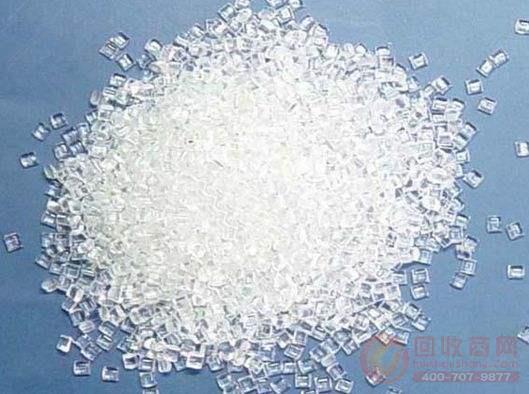
The degradation of PP by UV irradiation or thermal activation changes the crystallization and melting behavior of PP. Degradation also causes the chain to break or split, resulting in a decrease in the durability and molecular weight (molar mass) of the film. There are many forms of PP chain breaks, the most common being single-strand breaks of free radicals centered on carbon and oxygen, resulting in several products. Carbon-centered free radical products are olefins and a new carbon radical that re-enters the oxidative cycle as PP, as shown in the following equation:
a CH(CH3)-CH2-CH(CH3)-CH2-CH(CH3)-+R→→
RH+-CH(CH3)-CH2-C(CH3)-CH2-CH(CH3)-(3.12)
Therefore, chain breaks can be expressed as:
a CH(CH3)-CH2-C(CH3)-CH2-CH(CH3)-→
One CH(CH3)-CH2-(CH3)C=CH2+·CH(CH3)-(3.13)
It is even more sensitive to oxidation than the original PP with a saturated hydrocarbon structure. If the degradation is initiated by an alkoxy radical, a molecule containing a carbonyl group, CH2-C(CH3)=O, and another carbon-centered free radical are formed. All reactions caused a significant drop in the molecular weight of PP.
The decrease in the molecular weight of the PP will change its corresponding properties. The most serious damage is the decrease in durability and ductility, which greatly reduces the toughness. In addition, products resulting from chain scission tend to exacerbate the color of the polymer, producing oxidized compounds that can negatively impact the durability, strength, and physical properties of the final PP product.
Uv accelerates the chain break process. In addition, the amount of oxygen and heat is also a major factor in determining the kinetics of degradation. At the processing temperature of PP, the degradation reaction rate is extremely high. Successful extrusion or injection molding also causes severe degradation of the PP polymer. Solid PP is a semi-crystalline polymer with a crystallinity of 40% to 60%. The crystal region is substantially unaffected by oxygen, so oxidation occurs only in the amorphous region. Mita's report states that the rate of oxygen diffusion is much lower than the rate of reaction, so the oxidation process is essentially a surface phenomenon. In most cases, the surface becomes dull, cracked or even powdered. It is clear that PP that has not been stabilized is very susceptible to oxidation and degradation in the presence of air. Therefore, it is necessary to add a suitable stabilizer to process PP into a durable, useful material.
Steel Fence,Wrought Iron Fences,Iron Fence,Metal Fence
MINGYI METAL CRAFTS CO.,LIMITED , https://www.mingyi-ironware.com